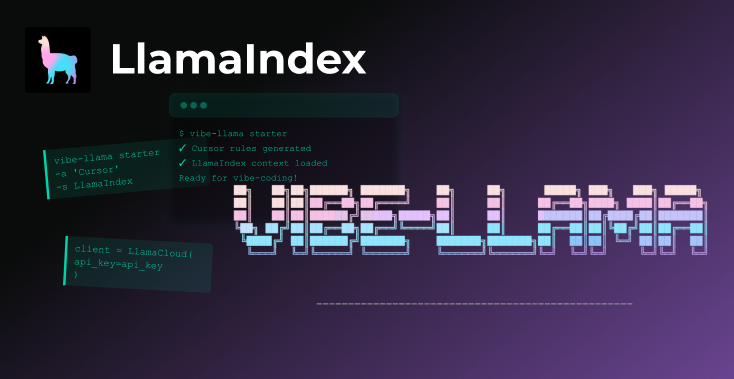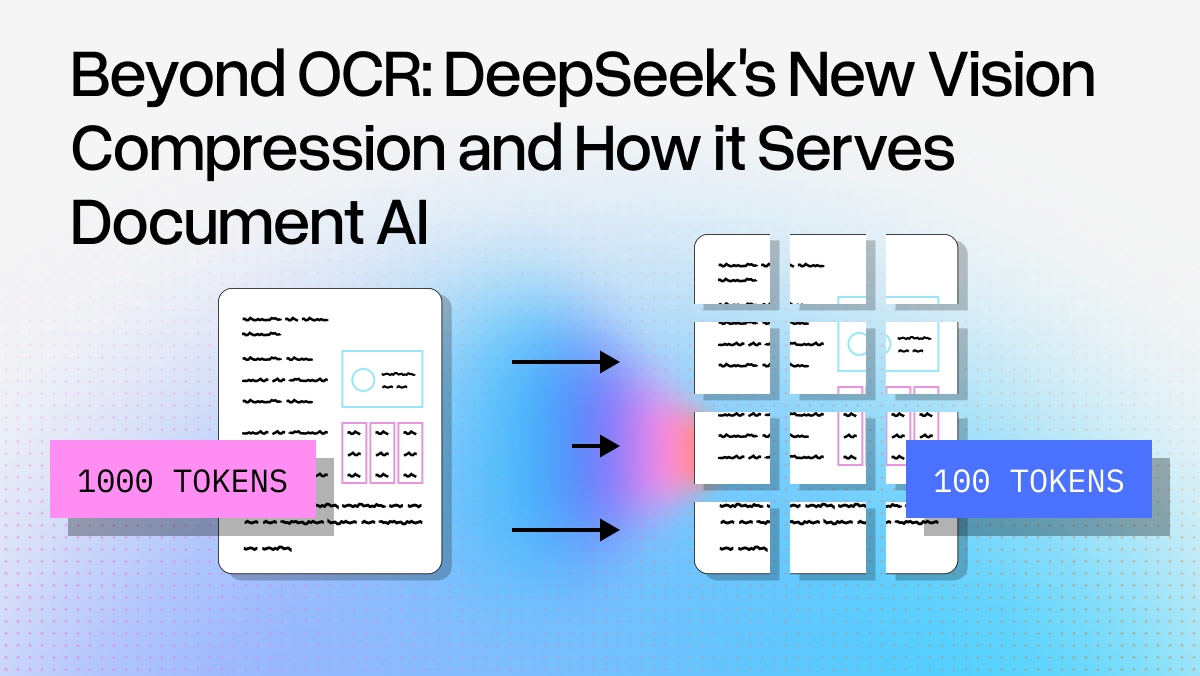Over the last few years, it’s become clear that AI hasn’t only changed the scope of what we build but also how we build it. When it comes to Agentic AI, there are two main groups of AI agents that we build today: assistive agents, and automation agents. The distinction is simple: while assistive agents exist as a tool that’s meant to be used alongside us, to help us with various tasks, automation agents are in charge of taking over tasks completely on our behalf.
One particular type of assistant agent appears in the form of tools like Cursor, Claude Code, Copilot, and many more. These agentic AI tools are designed to help builders code faster, and more efficiently. They may use a number of resources as context such as documentation, API references, repositories, your own code as examples and more.
Naturally, we expect that coding agents won’t only change the way we develop more traditional applications, but also how we build agentic applications themselves. Over the last few months we’ve seen that we can integrate these so-called ‘vibe-coding’ tools into the development process of two critical aspects of building AI agents:
- Building compelling and useful UI interfaces for existing agentic apps
- Building the agentic workflow itself
Vibe-Coding Agents with LlamaIndex
At LlamaIndex, we not only develop and maintain our open-source agent framework, we also provide enterprise agent tools like LlamaParse, LlamaExtract and more via our LlamaCloud platform. The LlamaIndex framework provides simple abstractions to allow developers to design their own agent workflows with an event-driven approach, while LlamaCloud provides complete products that allow users to parse complex documents, extract structured information from them and more.
There are two critical development cycles that the users of our technologies can face:
- A LlamaCloud or framework user may need to integrate their extraction agents, parsing strategies and/or their LlamaCloud indexes into existing or new customer facing applications.
- A framework user may need to come up with and develop their own workflow, depending on their use-case. Coming up with the steps and events their agent should incorporate and more
With these in mind, we’ve started to develop some of our own tools and resources to make building LlamaIndex agents with coding assistants a smoother experience. Let’s walk through some of our latest developments, which we intend to expand on continuously.
Vibe-Llama: Pulling LlamaIndex Context into Coding Agents
Here's the problem we kept running into: we would fire up Cursor or Claude Code to build something with LlamaIndex, and the AI would suggest outdated APIs, miss important parameters, or just completely misunderstand how our services work. It's frustrating when you know the AI is capable, but it's working with stale information.
So the team built vibe-llama - a CLI tool that dumps current LlamaIndex context directly into your coding agent's brain. It's simple: run the tool, pick your coding agent and which LlamaIndex services you're using (the framework, LlamaCloud, or specifically workflows), and it generates rule files with up-to-date docs and patterns.
The setup is straightforward. Either run vibe-llama starter for a command-line UI that walks you through the options, or if you already know what you want you can run something like: vibe-llama starter -a 'Cursor' -s LlamaIndex . It'll create the appropriate rule files (like .cursor/rules for Cursor) with everything your AI needs to know.
What goes into these rules? Current API signatures, common integration patterns we see working in production, and importantly - the stuff that trips people up. Things like proper error handling for LlamaCloud calls, how to structure Pydantic schemas for extraction, and workflow event patterns that actually work.
The team also added a Python SDK because sometimes you want to automate this. You can programmatically inject context for multiple agents and services:
python
from vibe_llama.sdk import VibeLlamaStarter
starter = VibeLlamaStarter(
agents=["Cursor", "Claude Code"],
services=["LlamaIndex", "llama-index-workflows"],
)
await starter.write_instructions(verbose=True)It's not magic - it's just making sure your AI has the right information instead of guessing. Check it out!
Resources for Building User Interfaces
The other thing we've been experimenting with is using coding agents to build actual UIs for LlamaIndex apps. We put together an example that starts with a basic 20-line script calling LlamaExtract and turns it into a full Streamlit app.
The repo shows the whole journey. You start with sample.py - just a simple script that extracts data from an invoice using our API. Nothing fancy. Then there's cursor_prompt.md which contains a detailed prompt we wrote after lots of trial and error. This prompt can often generate the entire Streamlit app in one shot.
We're talking about going from a basic script to something with file uploads, real-time processing, data visualization, session storage, proper error handling - the works. The final app (app.py ) is actually pretty decent. It handles multiple image formats, shows progress indicators, formats the extracted data nicely, and keeps a history of processed invoices.
The key insight here is that the prompt matters a lot. Generic "make this better" doesn't work. You need to be specific about what you want: the UI components, how data should be displayed, what the user flow looks like. We spent time figuring out what works and codified it into that prompt template.
The cool thing is you can often get 80% of what you want in the first generation, then iterate from there. It's not perfect - you'll still need to tweak things, add edge case handling, maybe refactor some parts. But it’s a lot better than starting from scratch!
This is just one example with invoice processing, but the same approach works for other document types and use cases. The pattern is: start simple, write detailed prompts, iterate.
Next Steps
We're going to keep building these tools because they genuinely speed up development. Here's what we're thinking about next:
Better Context Understanding: Making vibe-llama smarter about your specific project. Instead of just dumping general LlamaIndex info, we want it to analyze your existing code and generate targeted rules. If you're using workflows heavily, give you workflow-specific patterns. If you're mostly doing RAG, focus on that.
More Templates: The invoice example is just the start. We're working on templates for common patterns we see: multi-step workflows, real-time processing pipelines, conversational apps with memory. Each one will have the same level of detail - specific prompts that actually work, not vague suggestions.
Workflow Tooling: As workflows get more complex, we think there's room for specialized vibe-coding tools. Being able to describe a multi-agent system in natural language and get working event-driven code would be pretty useful.
Tighter LlamaCloud Integration: Right now you still need to manually set up your LlamaCloud resources. We're exploring ways to have coding agents not just generate the application code, but also provision the necessary cloud services, create schemas, set up monitoring.
If you try any of this stuff, let us know how it goes. We’re always tweaking the prompts and patterns based on what actually works in practice.





